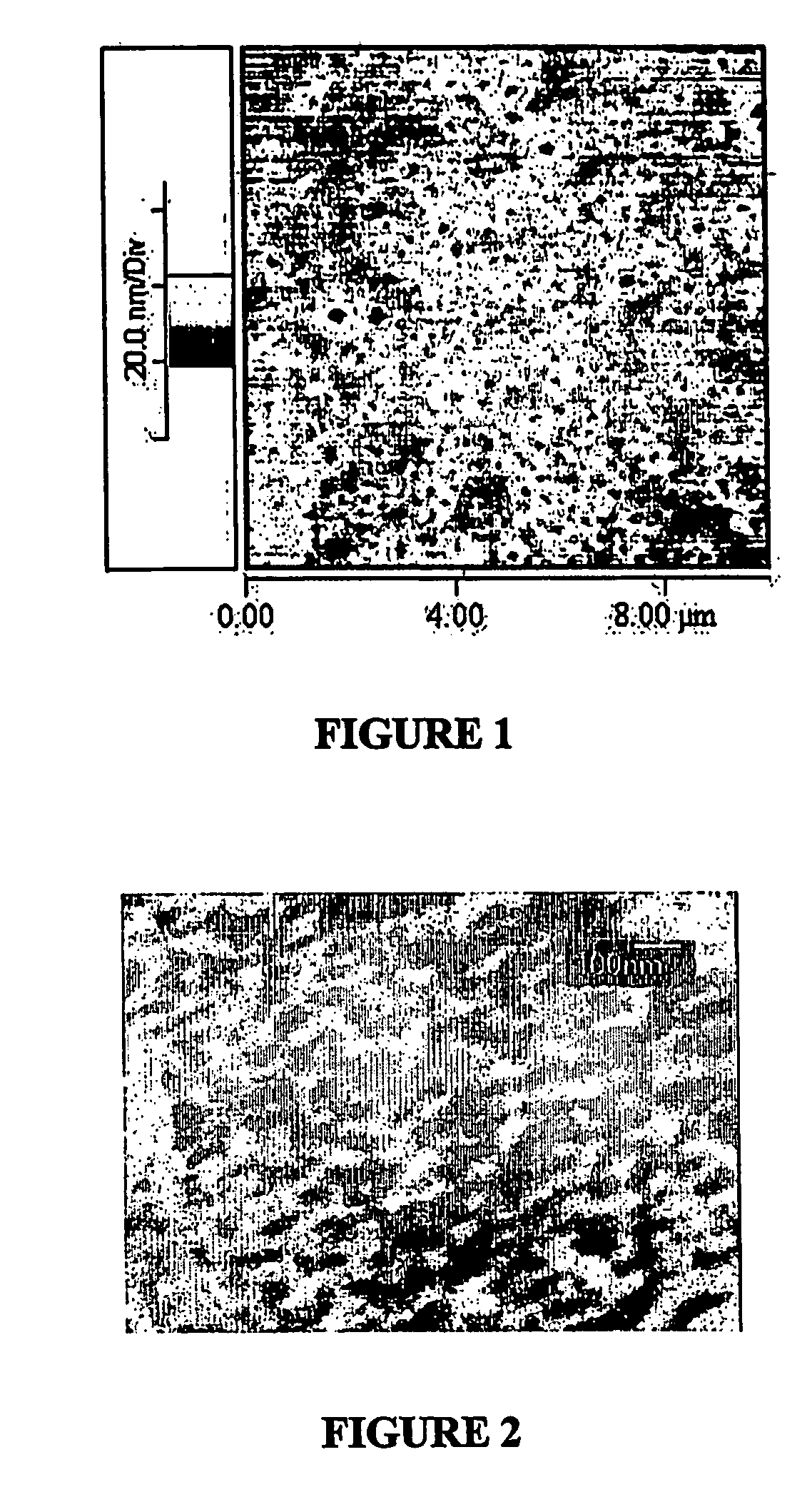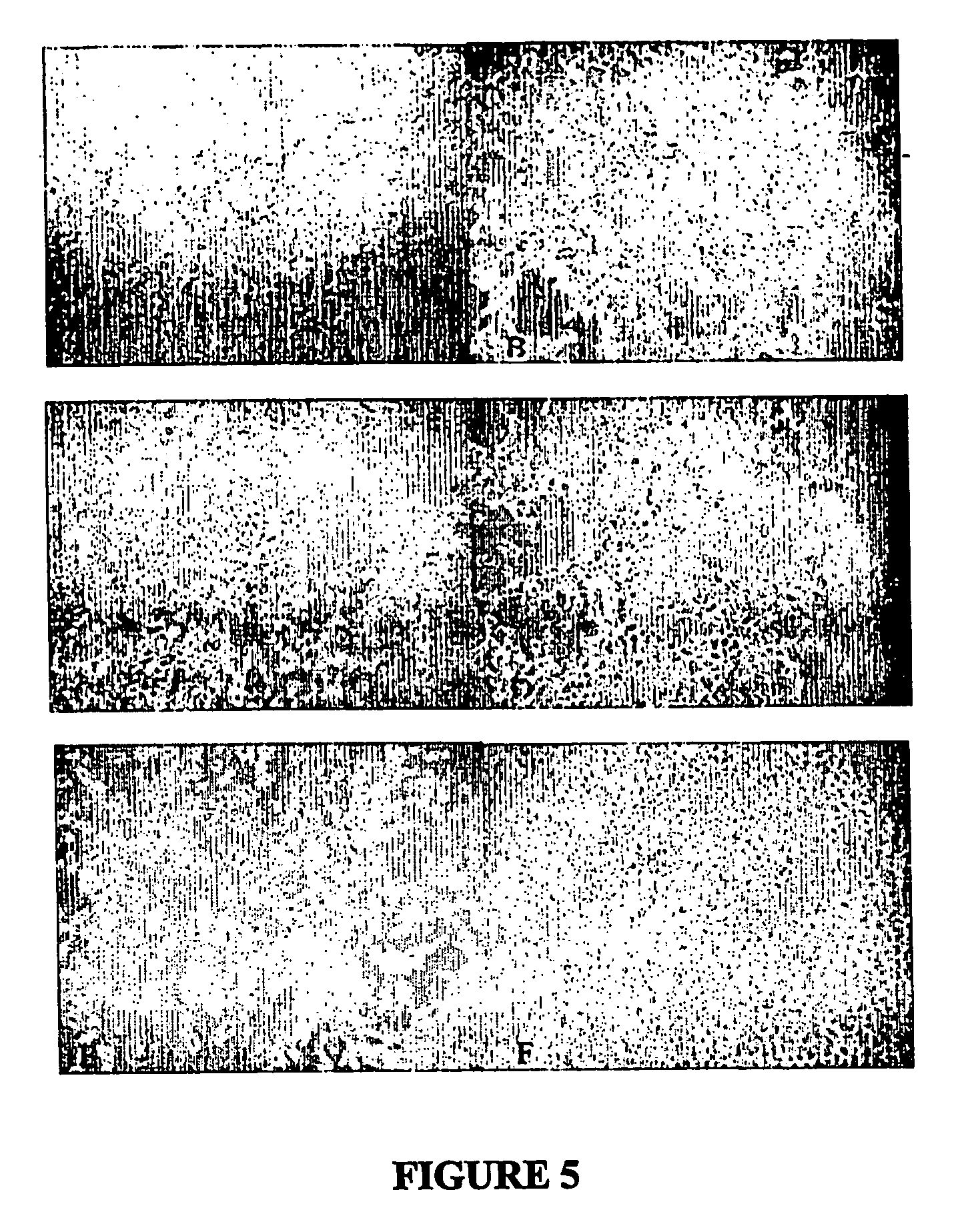Thermosensitive polymers for therapeutic use and methods of preparation
- Summary
- Abstract
- Description
- Claims
- Application Information
AI Technical Summary
Benefits of technology
Problems solved by technology
Method used
Image
Examples
examples
1. Materials Used
[0085] Methyl methacrylate (MMA) and 2-hydroxyethyl methacrylate (HEMA) from Sigma were distilled at reduced pressure. N-Isopropylacrylamide (NIPAAm) was purified by crystallization (n-hexane). Ethylene glycol dimethacrylate (EGDMA), and 2,2-dimethoxy-2-phenylacetophenone (DMPA) from Aldrich were used without further purification. ω-methoxy poly(ethylene oxide)40 undecyl α-methacrylate macromonomer (C1-PEO-C,1-MA-40) was synthesized according to the protocol described by Liu et al. in J. Macromol. Sci, Pure Appl. Chem. (1996) A33, 3: 337.
[0086] For the synthesis of fluronic68-diacrylate, fluoric-68 is dissolved in dried CH2Cl2 with triethylamine. Under nitrogen environment, methacryloyl chloride was added drop-wise into the solution with stirring, then the solution was incubated in an ice bath for half an hour. The mixture was further stirred at room temperature overnight. The precipitated triethylammonium chloride was filtered, and the excess acryloyl chloride, ...
PUM
| Property | Measurement | Unit |
|---|---|---|
| Temperature | aaaaa | aaaaa |
| Fraction | aaaaa | aaaaa |
| Fraction | aaaaa | aaaaa |
Abstract
Description
Claims
Application Information
 Login to View More
Login to View More - R&D
- Intellectual Property
- Life Sciences
- Materials
- Tech Scout
- Unparalleled Data Quality
- Higher Quality Content
- 60% Fewer Hallucinations
Browse by: Latest US Patents, China's latest patents, Technical Efficacy Thesaurus, Application Domain, Technology Topic, Popular Technical Reports.
© 2025 PatSnap. All rights reserved.Legal|Privacy policy|Modern Slavery Act Transparency Statement|Sitemap|About US| Contact US: help@patsnap.com



